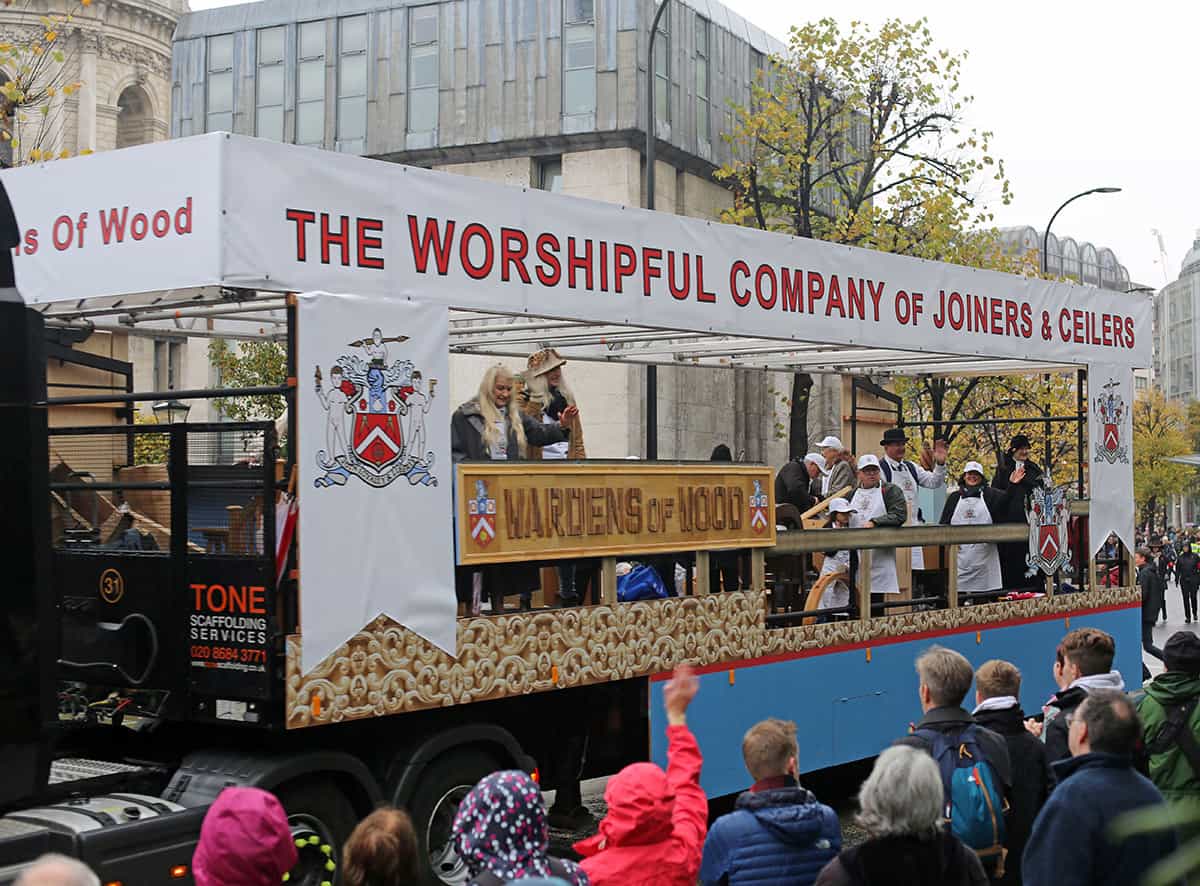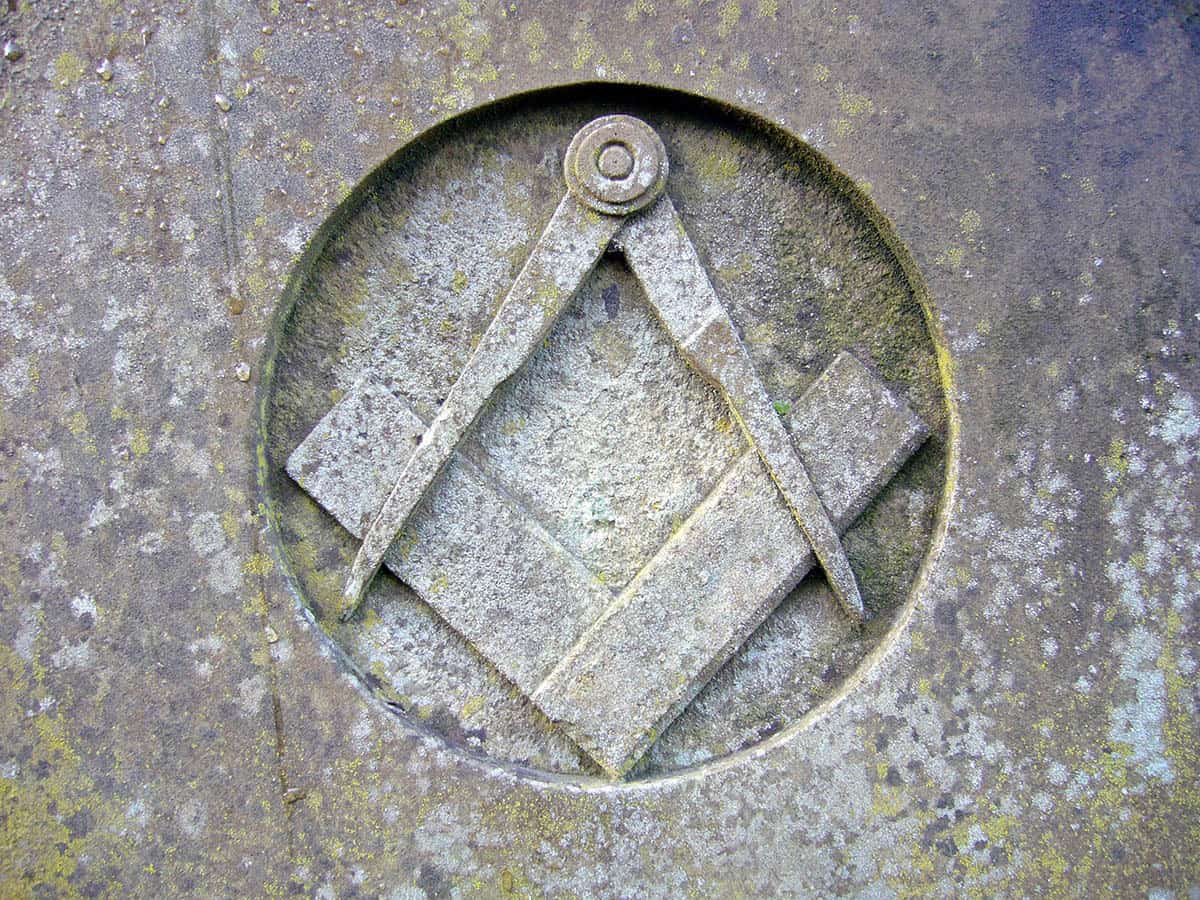If you’re heading down to the Lord Mayor’s parade this year for the first time, chances are you may be slightly confused. Why do some of the floats have strange names like ‘The Founder’s Company’ and ‘The Worshipful Company of Light Mongers’? Why are they all dressed like Shakespeare characters? Who is this ‘Guild of Young Freemen’?
This may leave you googling conspiracy theories about secret societies. But fear not, the show is not full of shadowy organisations pulling the nation’s strings from the Square Mile (although there are some banks involved). There’s a less sinister explanation and it revolves around London’s historic livery companies. To understand the livery companies you must first delve into the history of the City.
London, particularly the Square Mile, has always been at the centre of UK and, later, global trade. In the 802 years since the first Lord Mayor’s show, London’s economy has been through a series of changes.
From sheep herding to cattle trading, right through the industrial revolution to the financial services at the centre of the economy today, the City has dealt with its fair share of industries. Throughout the years, livery companies flourished.
“The livery companies of the City of London were originally established to protect and regulate the various trades which were carried out within the City,” explains Danielle Thom, curator at the Museum of London.
“The companies evolved from medieval guilds, fraternities and loose associations of artisans and merchants.
“Among the oldest are the Fishmongers’ Company, granted their charter in 1272, and the Goldsmiths (1327).
“Today, there are 110 Worshipful Companies in existence, many of which still maintain livery halls within the City.”
There are also 12 senior companies, ‘The Great Twelve’, which are among the oldest in the City. The costumes in the parade are part of traditions going back hundreds of years and many of the names remain as they were when the companies were first introduced.
Livery companies still operate today, many of them marching in the parade on Saturday. However, they don’t perform the same role in regulating trade as they once did. Many of the companies now work as charities, sponsoring industry and research.

Danielle gives an example: “The Ironmongers’ Company, which originally oversaw the production of iron objects such as tools and armour within the City, was affected by the development of the iron smelting industry in the Midlands and the north of England. Today it supports educational initiatives in the fields of engineering and materials science.
“A few, including the Goldsmiths and the Gunmakers, still regulate their trades. 700 years after their initial establishment, the livery companies of the City of London are among the most important charitable organisations in Britain.”
There is one organisation marching in the parade you may, paradoxically, have heard of. They are not a livery company, but were born from the same historical process of fraternity between industry men.
The Freemasons have a reputation for secrecy, but you may be surprised to see them strutting through the City in the middle of the biggest show of the year, complete with giant inflatables.

John Parry of the Metropolitan Grand Lodge of London, thinks the Freemasons are misunderstood. He says the group “pride themselves in transparency”, adding there are elements of society which “choose to misunderstand” Freemasons. It’s true.
In popular culture, the Freemasons are often depicted as a shady cult with odd, often paganist rituals. John disagrees.
“Freemasonry is one of the world’s oldest and largest non-religious, non-political, fraternal, charitable and enjoyable organisations.
“It’s fun being a freemason, it’s family first, then work, then freemasonry, but always meeting as a group of friends.
“The Metropolitan Grand Lodge of London supports countless charities with its main focus on London; indeed our 33,000 members can be found volunteering in every sector of London life. We do not undertake any external fundraising; all donations come from our own pockets.”
Some symbols of Masonry will be on display at the show; a rough and perfectly shaped stone. John explains: “A rough stone, freshly hewn from a quarry, that is with time and energy, fashioned into a perfectly shaped stone, fit to be used for building a better society.
“You will see us on the streets of the City in the Lord Mayor’s Show pageant again this year, and there are regular free tours of our headquarters in Freemasons Hall, open to anyone.”
So, rest assured, the City is not run by a secretive fraternity dressed in old garments.
Many of the organisations marching pride themselves on the work they do in the community and, strange rituals and costumes aside, will continue to be a very open and public part of life in the Square Mile and beyond.







